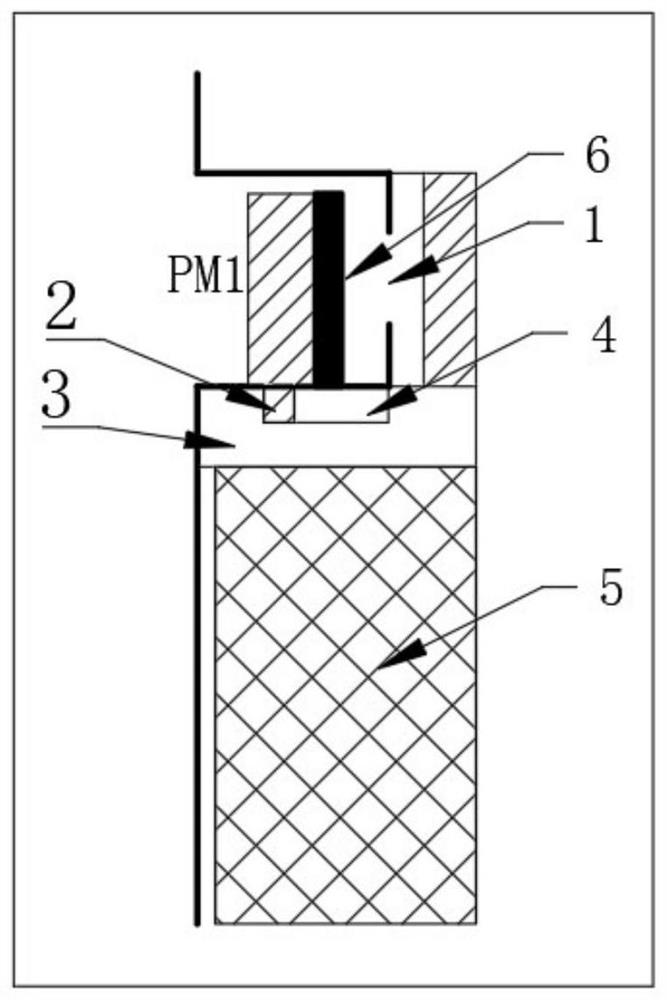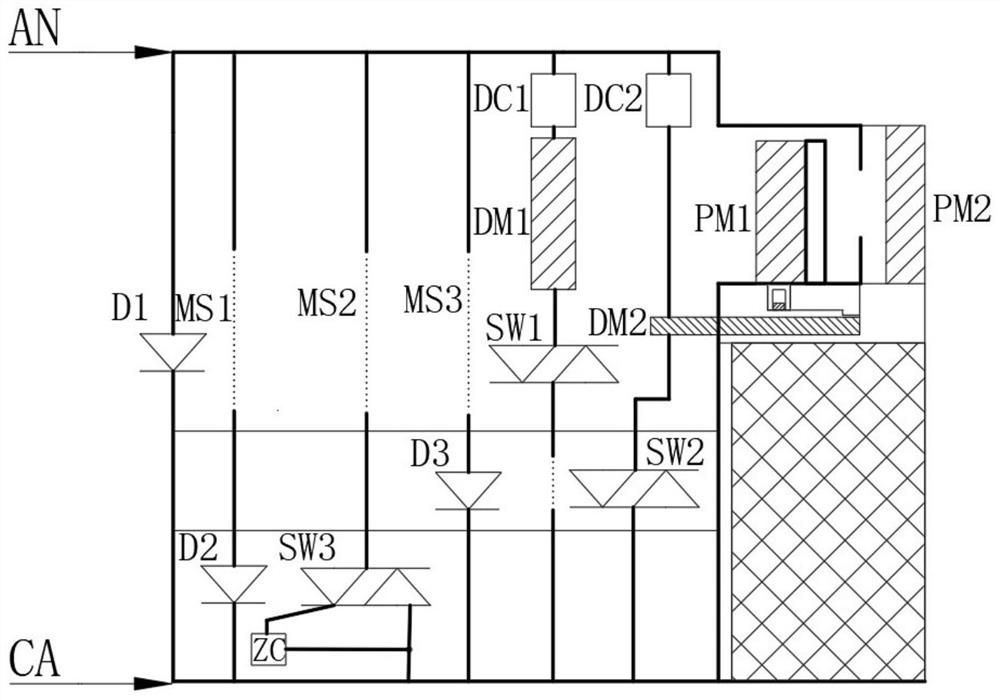An integrated control switch for controlling a solenoid valve linked with a gas detector
A technology for gas detectors and control switches, which is applied to the analysis of gas mixtures, power devices inside switches, instruments, etc., and can solve problems such as easy adhesion, complex structure, and large device volume
- Summary
- Abstract
- Description
- Claims
- Application Information
AI Technical Summary
Problems solved by technology
Method used
Image
Examples
Embodiment Construction
[0014] The implementation mode of the present invention is illustrated by specific specific examples below, and those who are familiar with this technology can easily understand other advantages and effects of the present invention from the contents disclosed in this description. Obviously, the described embodiments are a part of the present invention. , but not all examples. Based on the embodiments of the present invention, all other embodiments obtained by persons of ordinary skill in the art without making creative efforts belong to the protection scope of the present invention.
[0015] Please refer to Figure 1-2As shown, an integrated control switch for controlling a solenoid valve linked with a gas detector, including a first light-emitting diode D1, a second light-emitting diode D2, a third light-emitting diode D3, a first switch SW1, and a second switch SW2 , the third switch SW3, the zero-crossing detection circuit ZC, the first rectification filter circuit DC1, th...
PUM
 Login to View More
Login to View More Abstract
Description
Claims
Application Information
 Login to View More
Login to View More - R&D
- Intellectual Property
- Life Sciences
- Materials
- Tech Scout
- Unparalleled Data Quality
- Higher Quality Content
- 60% Fewer Hallucinations
Browse by: Latest US Patents, China's latest patents, Technical Efficacy Thesaurus, Application Domain, Technology Topic, Popular Technical Reports.
© 2025 PatSnap. All rights reserved.Legal|Privacy policy|Modern Slavery Act Transparency Statement|Sitemap|About US| Contact US: help@patsnap.com



